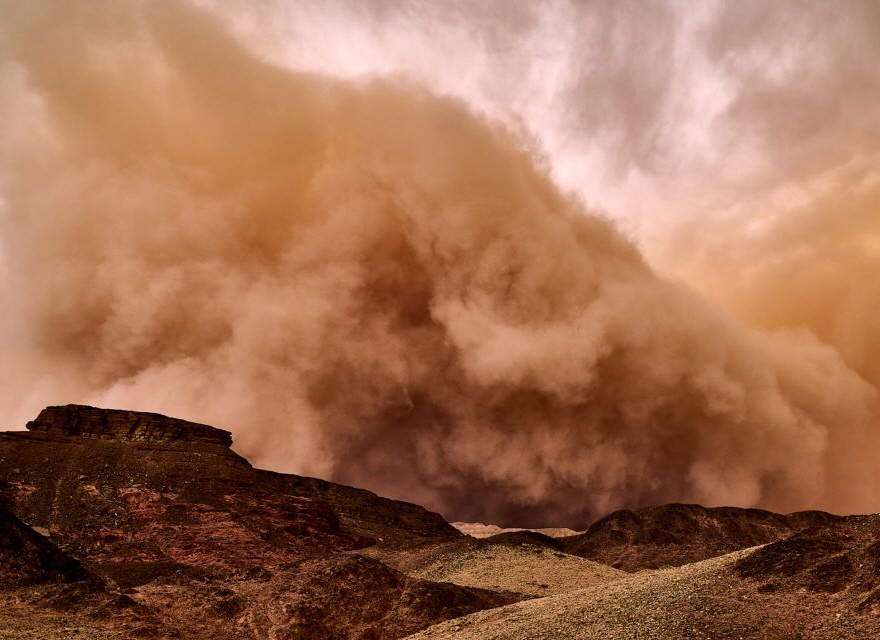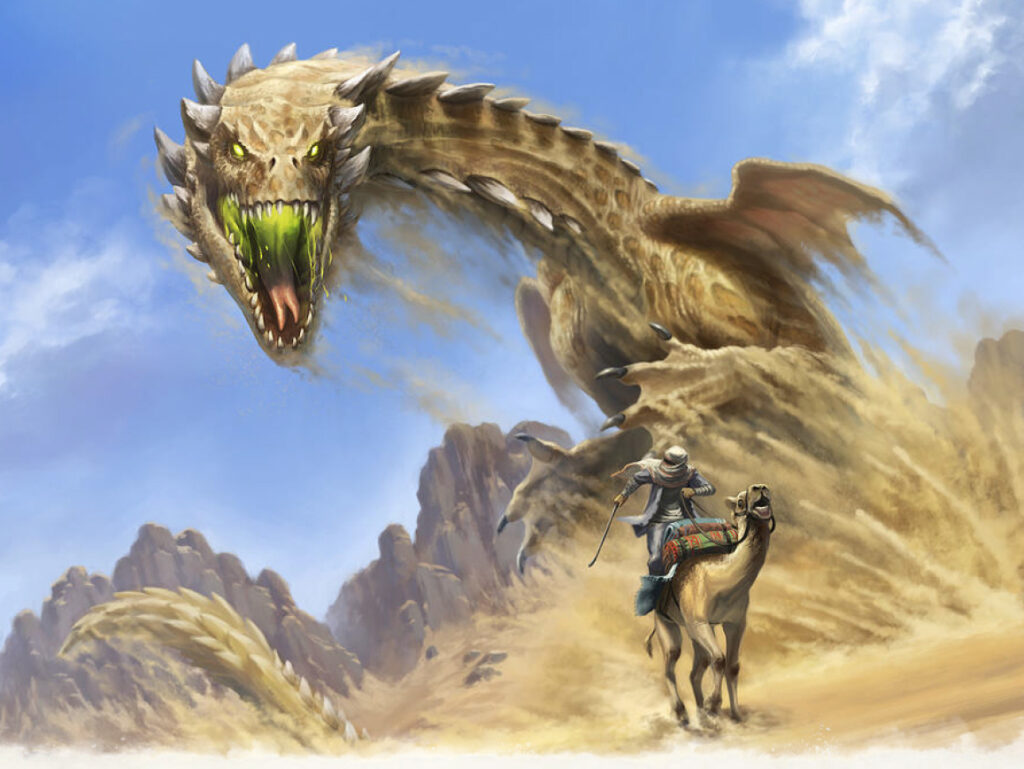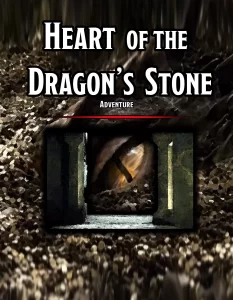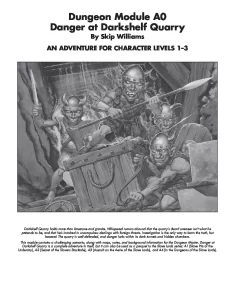
Traveling
Traveling through vast, sunbaked landscapes like deserts can be incredibly deceptive. The relentless sun overhead not only drains the body of moisture at an alarming rate but also beats down mercilessly, raising the risk of debilitating conditions like heatstroke or heat exhaustion. Without ample water, adventurers can become impaired, both mentally and physically, leading to poor decisions and physical debilitation. Moreover, the sparse shade offered in these terrains provides little relief from the sun's intensity, making prolonged exposure a serious threat.
However, the challenges don't end when the sun dips below the horizon. The temperatures in deserts can plunge drastically at night, catching many travelers off guard. Without proper clothing or shelter, the cold can be just as dangerous as the daytime heat. Additionally, deserts, with their vast and often featureless expanses, can be a navigator's nightmare. The shifting dunes, mirages created by the interplay of light and heat, and the lack of distinct landmarks make it all too easy to lose one's way.
The very ground poses its own set of problems. The soft sand, while picturesque, is exhausting to traverse. Every step can feel like a battle, and the journey can be both physically and mentally draining. Then there are the natural inhabitants of these regions. While it might seem like life is sparse in such harsh conditions, the desert teems with creatures, many of which have evolved venomous or other defensive mechanisms to survive. A chance encounter with a snake or scorpion can prove lethal.

Sandstorms, often arriving with little warning, add another layer of unpredictability. They can obscure paths, bury vital supplies, and even separate travelers from their companions. Amidst all these challenges, the wear and tear on equipment are often underestimated. The gritty sand, combined with the heat, can render tools useless, spoil food, and make weapons and armor a burden rather than a boon.
In a world like D&D, these real-world challenges are compounded by the presence of magical and monstrous threats. However, for those prepared and respectful of the desert's might, there's an unmatched beauty and wonder to be found amidst its challenges.
Adventuring in extreme hot weather temperatures in Dungeons & Dragons (D&D) introduces a unique set of challenges and hazards that can deeply impact gameplay and character survival. Below are some of the dangers and considerations associated with adventuring in extreme heat:
1. Exhaustion from Heat
Heat exhaustion is a real and dangerous threat in extreme temperatures. In D&D, the rules can impose Constitution saving throws on characters to avoid gaining levels of exhaustion when traveling under the scorching sun. Exhaustion levels in D&D have six tiers, with each level bringing about increasing penalties, culminating in death at the sixth level.
- Level 1: Disadvantage on ability checks.
- Level 2: Speed halved.
- Level 3: Disadvantage on attack rolls and saving throws.
- Level 4: Hit point maximum halved.
- Level 5: Speed reduced to 0.
- Level 6: Death.
Exhaustion is a condition that can be gained through various means, and its effects accumulate as a character gains more levels of the condition. Here's a general overview of how characters might gain exhaustion:
- Environmental Factors: As mentioned in the previous discussion about extreme heat, certain environments or conditions might force characters to make Constitution saving throws to avoid gaining levels of exhaustion. Extreme cold can have similar effects, as can high altitudes. The DM sets the DC (Difficulty Class) of this saving throw based on the severity of the conditions. For instance, in a particularly scorching desert, a DM might set a DC 15 Constitution saving throw. If a character fails this roll, they gain a level of exhaustion.
- Forced March: If characters travel for more than 8 hours in a day, they risk gaining exhaustion. For every hour of travel beyond 8 hours, a character must make a Constitution saving throw or gain one level of exhaustion. The DC might start at 10 and increase by 1 for each hour beyond the initial 8 hours.
- Going Without Food or Water: Characters typically need one gallon of water per day, or two gallons per day if the weather is hot. If a character drinks only half the required amount, they must succeed on a DC 15 Constitution saving throw or gain one level of exhaustion at the end of the day. If they don't drink any water at all, they automatically gain one level of exhaustion. After a certain number of days without food, a character will also begin to risk gaining exhaustion levels.
- Other Game Effects: Some spells, monster abilities, or other game effects might impose levels of exhaustion on a character. For example, certain powerful creatures might have attacks or abilities that exhaust their targets.
- Lack of Rest: While not directly leading to exhaustion in the core rules, going without long rests can be detrimental. Characters will miss out on the benefits of healing and recovering spells, which can indirectly lead to situations where they might gain exhaustion.
To recover from exhaustion, characters typically need to rest. One level of exhaustion is removed after completing a long rest, and if the character has also ingested some food and drink. However, certain spells or abilities might also remove exhaustion or reduce its effects.
In summary, exhaustion isn't something you "calculate" like a mathematical formula. Instead, it's a condition that characters might gain as a result of various in-game circumstances. The DM and players need to be aware of these potential causes and monitor characters' levels of exhaustion as they play.
2. Dehydration
Without adequate water, adventurers risk becoming dehydrated. Dehydration can lead to penalties in ability checks, saving throws, or even hit point maximum. It can also amplify the effects of heat exhaustion.
3. Reduced Visibility
The shimmering heat waves that arise from the ground in desert environments can limit visibility, making it harder to see distant threats or landmarks.
4. Sandstorms, Duststorms
Deserts and other extremely hot environments can be plagued by sudden sandstorms. These can reduce visibility to almost zero, separate party members, and introduce breathing difficulties. Prolonged exposure can also lead to equipment damage.

5. Gear and Armor
Heavy armor and warm clothing might be unsuitable for hot climates, making characters more susceptible to the heat's effects. Moreover, certain items like wax-sealed letters, potions, or even food might be affected or rendered useless by the extreme temperatures.
6. Wildlife and Monsters
Hot environments often harbor unique fauna. Creatures like fire elementals, blue dragons, or desert-dwelling monsters may pose threats specific to such biomes. Moreover, venomous creatures like scorpions or snakes might be more common.

7. Oasis Mirages
The classic desert mirage can lead adventurers astray, causing them to waste valuable resources and time chasing after illusory safety.
8. Navigation Challenges
The uniformity of certain hot environments, like deserts, can make navigation tricky. Without clear landmarks, parties might find themselves going in circles or getting lost.
9. Limited Resources
Finding water and shade can be challenging in hot environments. Players might need to ration their supplies or find innovative ways to source water, such as by drawing it from cacti or capturing morning dew.
10. Terrain Challenges
Sandy deserts, rocky canyons, or volcanic regions can be difficult to traverse. Soft sand can slow movement, while rocky terrains might be treacherous.
11. Spells and Abilities
Certain spells or class abilities might be less effective or even hindered in extreme heat. For example, a spell that creates ice or cold might have a diminished duration or effect.
Traveling in extreme hot weather in D&D brings a plethora of challenges that require players to think strategically and resourcefully. DMs can use these elements to create immersive and challenging sessions that test the mettle of their adventurers. As always, it's crucial to balance difficulty with fun to ensure an engaging and memorable gaming experience.








